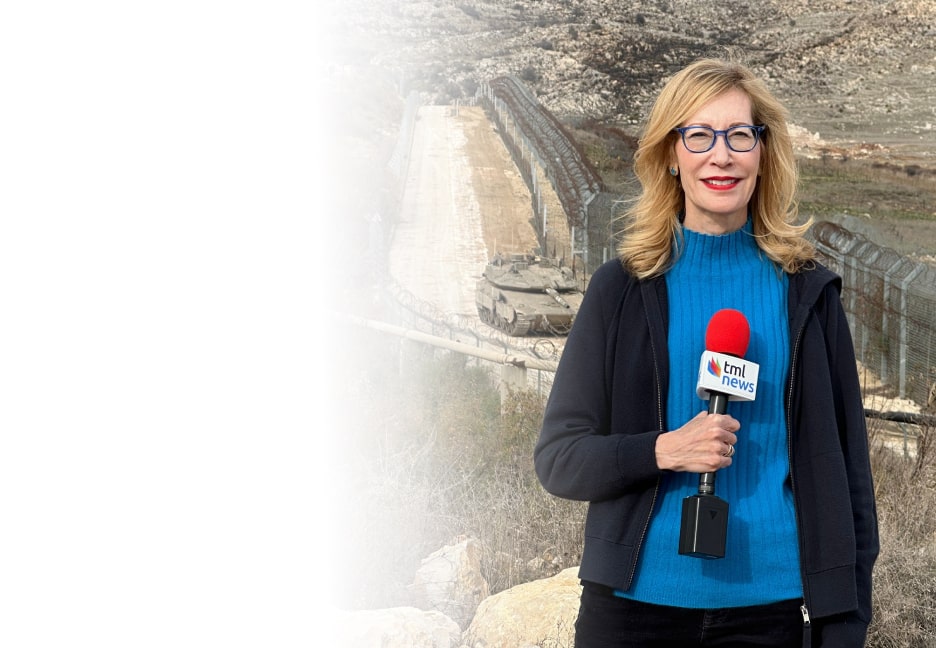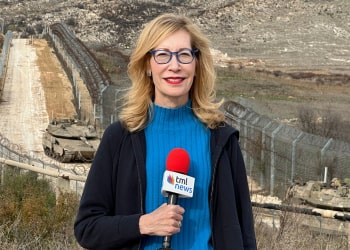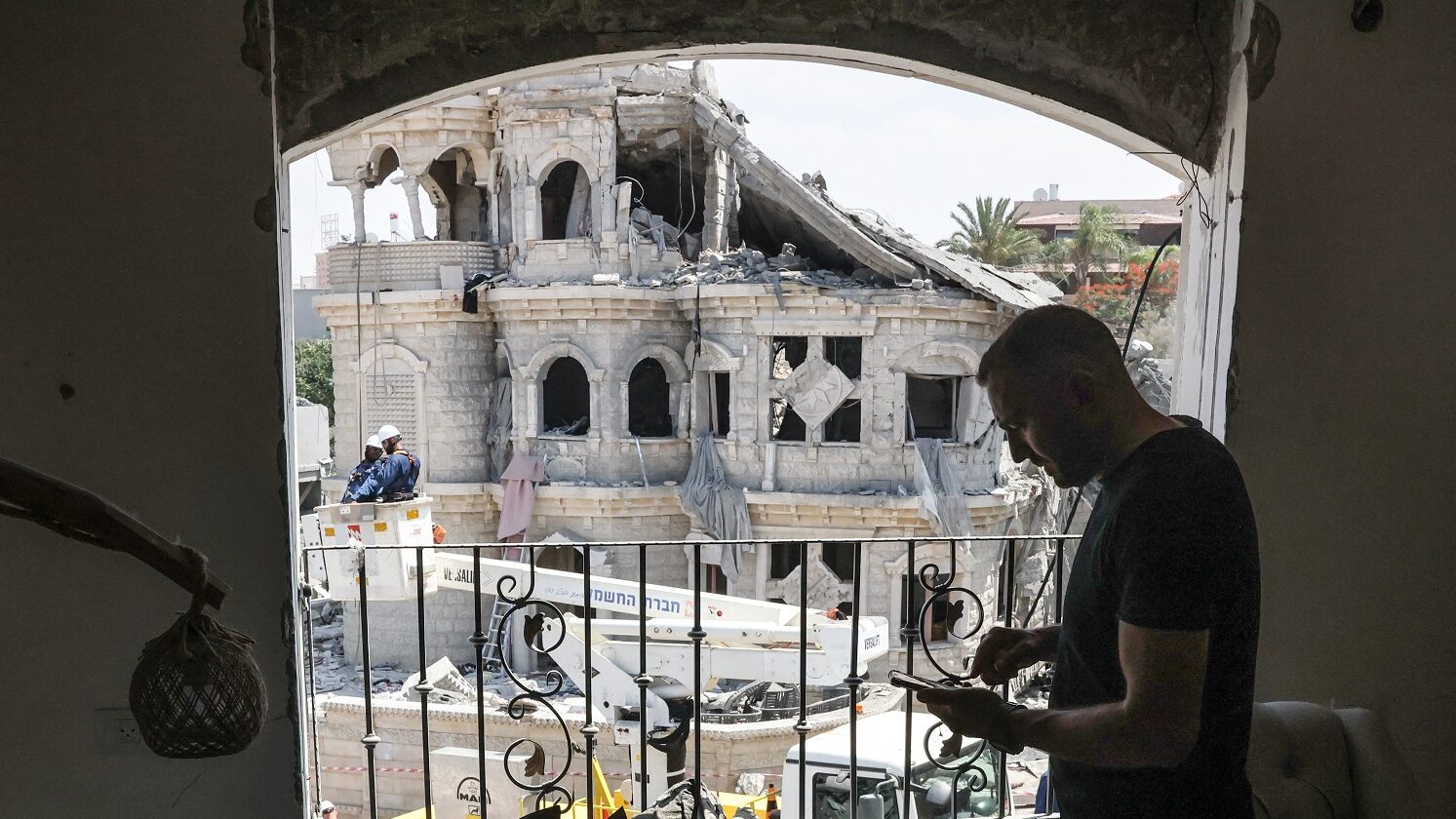War-Torn but Wired: How Israel’s Economy Is Struggling and Surging
Twelve days of war with Iran and nearly two years of ongoing conflict have left deep scars on Israel’s economy, from shattered businesses to a ballooning national deficit. In The Media Line’s powerful piece, reporter Maayan Hoffman spotlights the economic fallout through the story of Khir Diab, an Arab confectioner in Tamra whose bakery was wrecked by an Iranian missile. With no help from traditional banks and slow-moving government aid, Diab turned to Ogen—a nonprofit lender offering emergency loans and mentorship—as a lifeline.
Israel estimates over NIS 20 billion in war-related damage, nearly double the cost of the October 7 Hamas attack. Thousands of buildings were damaged, consumer spending plummeted, and some 38,700 compensation claims were filed. While the Finance Ministry rolled out grant and reimbursement programs, critics say bureaucracy and funding gaps leave too many behind.
This holiday season, give to:
Truth and understanding
The Media Line's intrepid correspondents are in Israel, Gaza, Lebanon, Syria and Pakistan providing first-person reporting.
They all said they cover it.
We see it.
We report with just one agenda: the truth.


Enter Ogen’s “Financial First Responders,” a sweeping relief initiative providing over NIS 210 million in credit, including interest-free loans for families and small businesses. “Civil society in Israel—the nonprofit sector—has really stepped up,” said Ogen Vice President Eldan Kaye.
Despite the chaos, signs of economic resilience are emerging. High-tech exports surged, the Tel Aviv Stock Exchange rebounded, and foreign investment in startups hit new highs. Tel Aviv was ranked the world’s fourth-best startup ecosystem in 2025, and private tech funding jumped 54% in just six months.
Still, challenges remain. As Taub Center President Avi Weiss put it, “We’ll need to find where to take that money from.” For a full picture of Israel’s economic tightrope—both the setbacks and surprising signs of recovery—read Maayan Hoffman’s full article.

